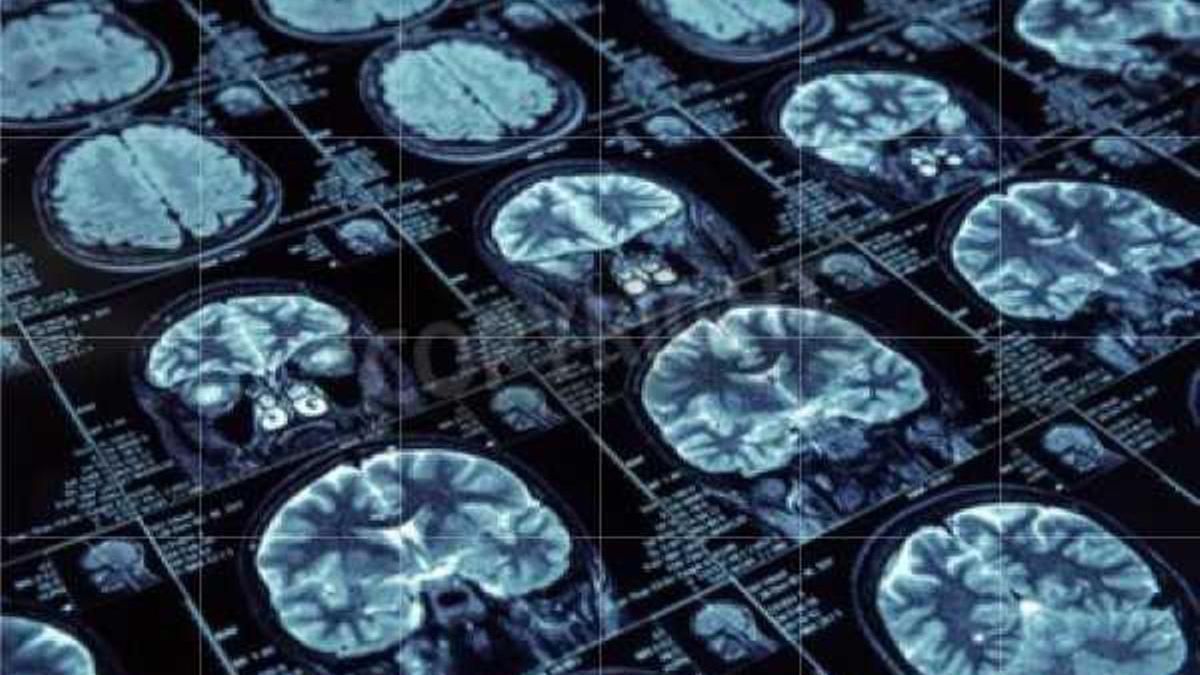A recent study revealed that Some areas of the brain Do micronaps While others remain active. He The discovery was published in the journal Nature.', opens many doors to further study of some neurological diseases.
The research was conducted by doctoral students David Parks (UCSC) and Aidan Schneider (WashU), and is the result of a collaboration between the laboratories of Professor Keith Hengen at the University of Washington and Professor David Haussler at the University of California, Santa Cruz.
Experience
The experience has evolved. four yearsLesson Patterns From brain waves in MiceThese animals act freely, while a small headset records their brain activity. 10 different areas With microsecond accuracy.
By studying this data, a surprising event was discovered, which they called “flashing“This is a phenomenon that occurs in one of the areas of the brain. sleep or wake up brieflyWhile the rest of the member remains in the opposite state.
How do “flashes” work?
As the study authors noted, these “flashes” can occur. in very small areas From the brain. Some areas that change their state in interrupted form Independently of what happens in the rest, after Visual effects In the behavior of mice.
During the experiment, when one of these areas is asleep – in contrast to the activity of other parts of the brain -, The mouse remained still. For a second. And when the situation was reversed, something similar happened. That is, when the mouse was asleep—and therefore most of its brain was asleep—there was a “blip”—one area of the brain woke up—and The animal was moving..
They don't follow the rules.
One of the most curious behaviors discovered in the study of these “flashes” is that they Difference with sleep cycles Or the usual protest. They don't follow the rules. What is known so far: “We see flashes between wakefulness and REM, between REM and non-REM; we see All these possible combinationsProfessor Keith Hengen explains.
All these discoveries open up a huge number of new possibilities in the world. Study of neurological diseasesThis is why groups from both laboratories have shown interest in it. Continue exploring These neurobehaviours provide a “very sharp scalpel” with which to delve into disorders and diseases.





